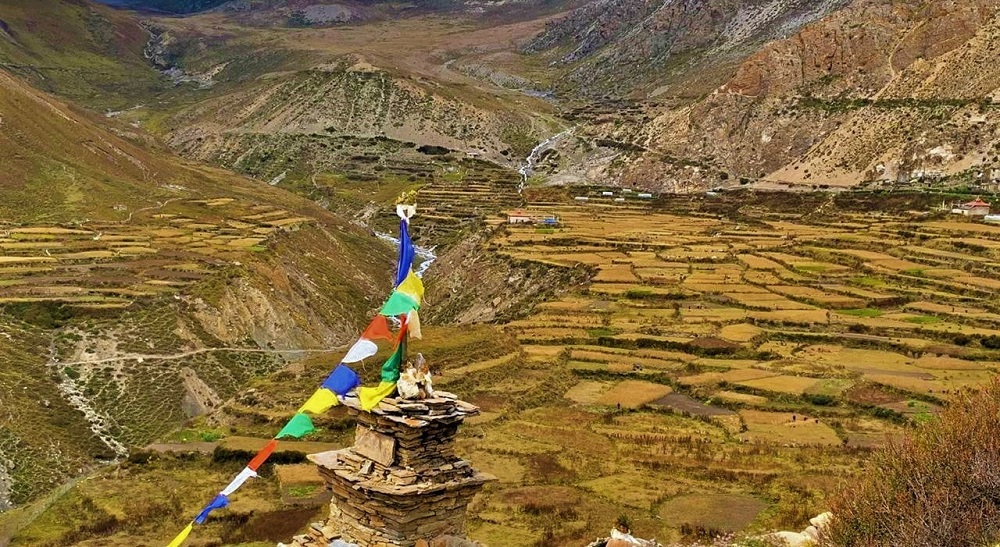Interesting things about Nar Village| Everything you need to know about Nar Village
Nar Village, also known as Nar Phu Village, is a remote and culturally rich village located in the Nar Phu Valley of the Annapurna region in Nepal. It is a hidden gem that offers a unique and off-the-beaten-path trekking experience for those seeking to explore the lesser-known areas of the region.
Nar Village is situated in the Manang District of Nepal, north of the Annapurna massif. It lies in the secluded Nar Phu Valley, which was opened to foreigners only in 2003, making it a relatively untouched and pristine destination.
1. Cultural Significance:
Nar Village is home to the ethnic Tibetan communities of Nar and Phu. These communities have preserved their unique cultural heritage, including their language, customs, and religious practices. The villagers follow Tibetan Buddhism and have several ancient monasteries in the area, such as the Tashi Lhakhang Monastery and the Nar Phedi Monastery. These monasteries hold religious ceremonies and festivals, providing a glimpse into the rich religious and cultural traditions of the region.
2. Trekking Route and Starting Point:
The trek to Nar Village typically starts from either Besisahar or Chame, which are accessible by road from Pokhara. From there, trekkers follow the Annapurna Circuit route until they reach Koto. At Koto, a side trail branches off, leading towards the hidden Nar Phu Valley. The trek takes you through diverse landscapes, including lush forests, deep gorges, and high mountain passes.
3. Scenic Beauty and Varied Landscapes:
The Nar Phu Valley offers a captivating display of natural beauty. As you trek through the valley, you'll encounter breathtaking landscapes, including towering cliffs, cascading waterfalls, and picturesque meadows. The valley is surrounded by majestic peaks, including Annapurna II, Gangapurna, and Pisang Peak, creating a stunning backdrop. The changing landscapes and dramatic scenery make the trek visually rewarding.
4. Remote and Untouched Environment:
Nar Village and the Nar Phu Valley are relatively remote and less frequented by tourists. The area was opened for trekking only in 2003, which has helped preserve its pristine environment and untouched beauty. The lack of large-scale development and tourism activities allows you to experience a sense of seclusion and tranquility in nature.
5. Authentic Himalayan Village Life:
Visiting Nar Village provides an opportunity to experience the authentic lifestyle of the local communities. The villagers are known for their warm hospitality and welcoming nature. You can interact with them, learn about their daily activities, and witness traditional practices, such as farming, herding yaks, and weaving. Staying in local homestays or guesthouses allows you to get a firsthand experience of the local culture and way of life.
6. Challenging Terrain and High Passes:
The trek to Nar Village involves traversing challenging terrain and high mountain passes. The Kang La Pass, situated at an elevation of around 5,240 meters, is a notable highlight of the trek. Crossing this pass requires a good level of physical fitness and acclimatization. However, the reward is the breathtaking panoramic views of the surrounding mountains and the sense of achievement upon reaching the pass.
7. Restricted Area Permit:
To visit Nar Village, you need a special permit called the Nar Phu Valley Restricted Area Permit. This permit is obtained through a registered trekking agency in Nepal. The permit helps regulate tourism in the area and contributes to the conservation and preservation of the region's cultural and natural heritage.




.jpg)



